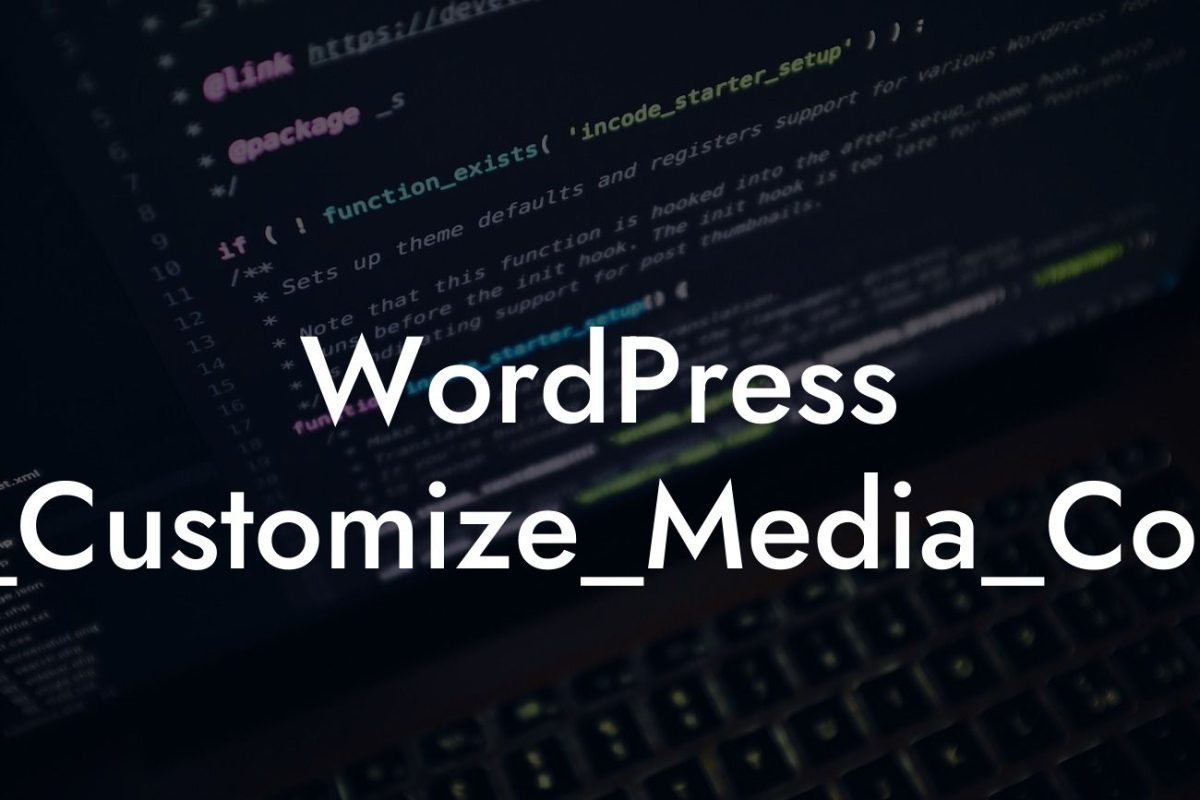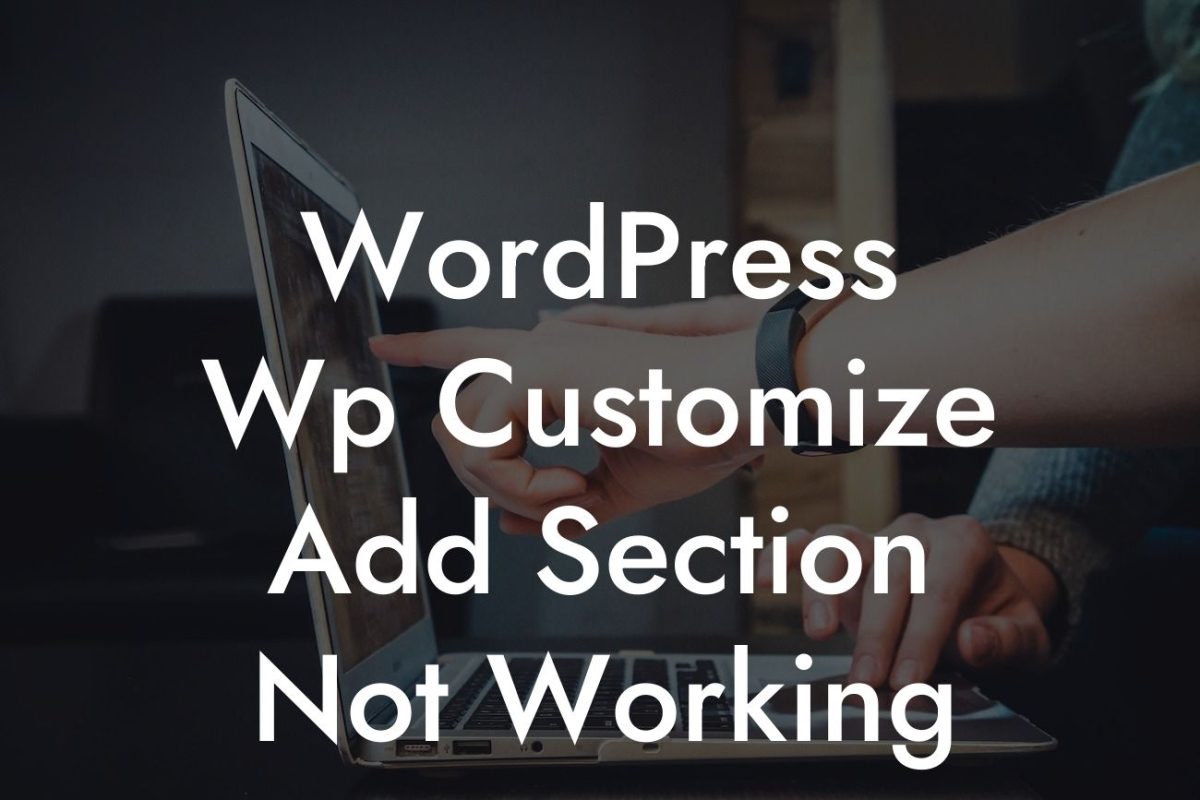For small businesses and entrepreneurs, having a blog page on your WordPress website is essential to effectively engage with your audience, boost your online presence, and ultimately drive more traffic and customers. In this article, we will provide a detailed guide on how to add a blog page to WordPress, empowering you to take control of your online content and reach new heights of success. So let's dive in!
Adding a blog page to WordPress is a simple process that can be accomplished in a few easy steps. Let's go through each step in detail:
1. Choose a Suitable Theme:
Start by selecting a WordPress theme that suits the overall look and feel of your website. You can choose from numerous free or premium themes available in the WordPress Theme Directory or other reputable theme marketplaces. Look for a theme that offers a customizable blog template or supports blog page creation.
2. Create a New Page:
Looking For a Custom QuickBook Integration?
Login to your WordPress dashboard and navigate to "Pages" in the sidebar. Click on "Add New" to create a new page for your blog. Give it a relevant title, such as "Blog" or "News," and customize the URL slug if needed.
3. Configure Page Settings:
While editing your blog page, click on "Page Attributes" on the right-hand side. From the template dropdown, select "Blog" or any template that displays your latest posts. Save the changes.
4. Set Permalinks:
Go to "Settings" > "Permalinks" in your WordPress dashboard. Choose a permalink structure that includes the post name to ensure search engine-friendly URLs for your blog posts. Save the changes.
5. Customize Blog Page Layout:
Depending on your theme, you may have various customization options for the blog page layout. You can typically modify the number of posts per page, display featured images, show excerpts or full posts, enable comment sections, and more. Experiment with different settings to achieve your desired look and functionality.
6. Add Blog Posts:
To start publishing blog posts, go to "Posts" > "Add New" in the WordPress dashboard. Give your post a catchy title and craft your content using the built-in WordPress editor. You can format text, add images and videos, create headings, and apply SEO-friendly practices such as using keywords naturally and optimizing meta tags.
How To Add Blog Page To Wordpress Example:
Let's say you run a small marketing agency, and you want to add a blog page to your WordPress site to share valuable insights and tips with your target audience. By following the steps above, you can easily create a dedicated blog page where you regularly post articles on various marketing topics. This allows you to establish yourself as an industry authority, attract potential clients, and nurture existing relationships.
Congratulations! You have successfully learned how to add a blog page to WordPress. By consistently publishing high-quality and engaging content, you can drive more traffic to your website, increase your brand visibility, and ultimately achieve your business goals. Don't forget to explore other guides on DamnWoo for more WordPress tips and tricks. And for an even better online experience, try out one of our awesome plugins to supercharge your WordPress website. Don't settle for mediocre, embrace the extraordinary with DamnWoo!
[CTA: Share this article with your network and spread the knowledge! Explore more guides on DamnWoo and try our awesome plugins to take your WordPress website to the next level.]













